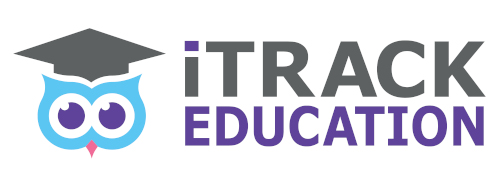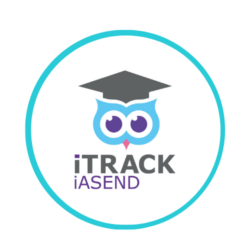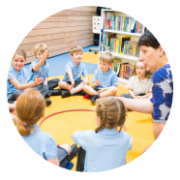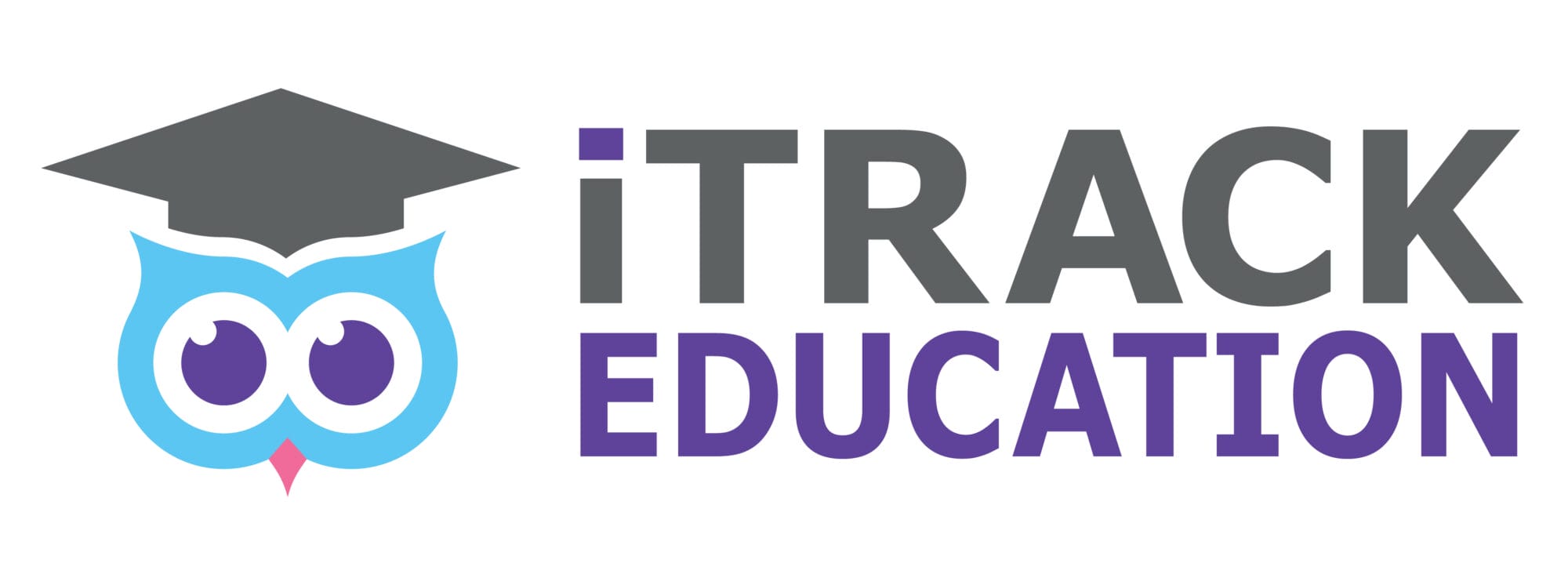
Designed and developed by SEND experts
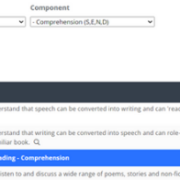
Focus on student’s barriers to learning not labels
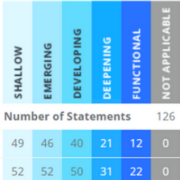
Magnify pupils’ progress
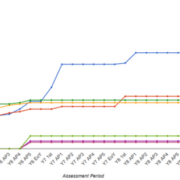
Track the Engagement Model up to end of KS3
The iASEND pupil tracking system focuses on their curriculum stage and not their age. And each stage of the National Curriculum has been carefully broken down into the small steps that pupils with SEND require. At each step of any particular part of “their” curriculum, the depth of learning is recorded, providing a valuable tool for planning and targeting the next steps to be tackled.
A full suite of pupil reports, flight paths and analysis supports this SEND pupil tracking system.
Learn more today
On average £24 per pupil you wish to track, per year
Reduction applies for larger pupil numbers
Get in touch for a bespoke quote
Wanting something a little different?
We cater for tracking whole school tracking systems and also for groups of schools, MATs, Federations and Clusters.
Click on the picture that interests you.
By Dr Sue Fisher – Headteacher and Co Author of iASEND by iTRACK Education

iASEND stemmed from the need to make sense of raw pupil data. We needed to be able to use the information to demonstrate how well the children were progressing and to make sense of their attainment year on year. I thought about what schools needed to know and the sort of questions Ofsted asked about boys’ and girls’ attainment and pupils receiving pupil premium.
I considered the impact of various ‘labels’ such as ASD or physical disability and appreciated that these labels don’t really help when analysing pupil data. For example, ASD could be a child’s barrier to learning (or primary need) but the same ‘label’ can be attached to a child who is locked in, has very little awareness of self or others or a child who excels academically and ends up with a PhD in maths or astrophysics! So, a profile of “barriers to learning” in key domains was created to capture what is getting in the way of pupils making the same progress as their mainstream counterparts. Therefore, iASEND differs from rivals is by using “barriers to learning” in different domains to create a code, where one child’s progress can be compared with all other pupils with the same code, regardless of school, label and age. iASEND built on this a hierarchical set of assessment statements with numerous small steps to demonstrate progress.
The next development was to consider the depth of learning for SEND pupils. The ability to apply learning is fundamentally important for all children but I was aware that the push to move on to new learning was causing some children to learn new knowledge and skills at the expense of older learning previously ‘ticked off’ as complete. The need to demonstrate that the child can remember, use and functionally apply previous learning is fundamental to iASEND where horizontal learning (recalling and demonstrating in a range of contexts) is just as important as vertical learning (acquiring new knowledge and skills). This is another key element of this system by showing real progress over time.
So, a system was created with small steps of progress in all subject areas that could be used to track progress and help teachers plan appropriately differentiated lessons. Over time this led to a curriculum model and linked learning opportunities directly to the iASEND assessment framework. The analysis of the data can be filtered by gender, barriers to learning in key domains and by pupil premium or non-pupil premium to compare groups as required.
Ofsted inspection feedback has demonstrated that this system is well beyond many others. The analysis of pupil’s data enables iASEND to benchmark school’s data and help SEND developments by looking at best practice. Ultimately this supports pupils to achieve better, optimises progress and will benefit future life chances and inclusion.
iASEND is fundamentally different to other systems as it was developed in a special school with children aged from 3 to 19 and pupils attaining at very low p-levels to children who were studying for GCSEs and A levels. It needed to work for such a wide range of need, age and stage that it was devised to apply to all. This real school need allowed me to create an assessment system that was tweaked and developed over time to be fit for purpose as it needed to be and I knew other schools had demand for it because I had been sharing my work with several local schools already.
As soon as National Curriculum levels were lost, and I could see the struggle schools were facing, I knew that I needed to try to share a high-tech version to use in real time. That’s where iTRACK Education brought all this together to create iASEND to provide an easy to use assessment software system, suitable for any children with additional needs.
Dr Sue Fisher B.Ed.(Hons), M.Sc., P.G.D. Psych, D.Ed.Psy
Individualised pupil profile, used to benchmark a pupils based on their needs not their labels.
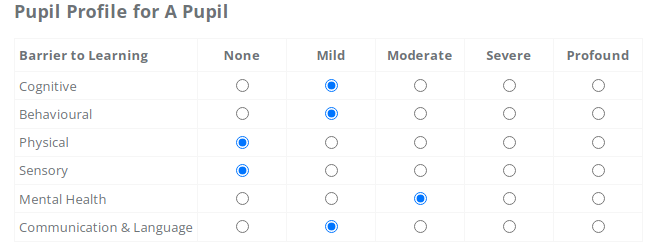
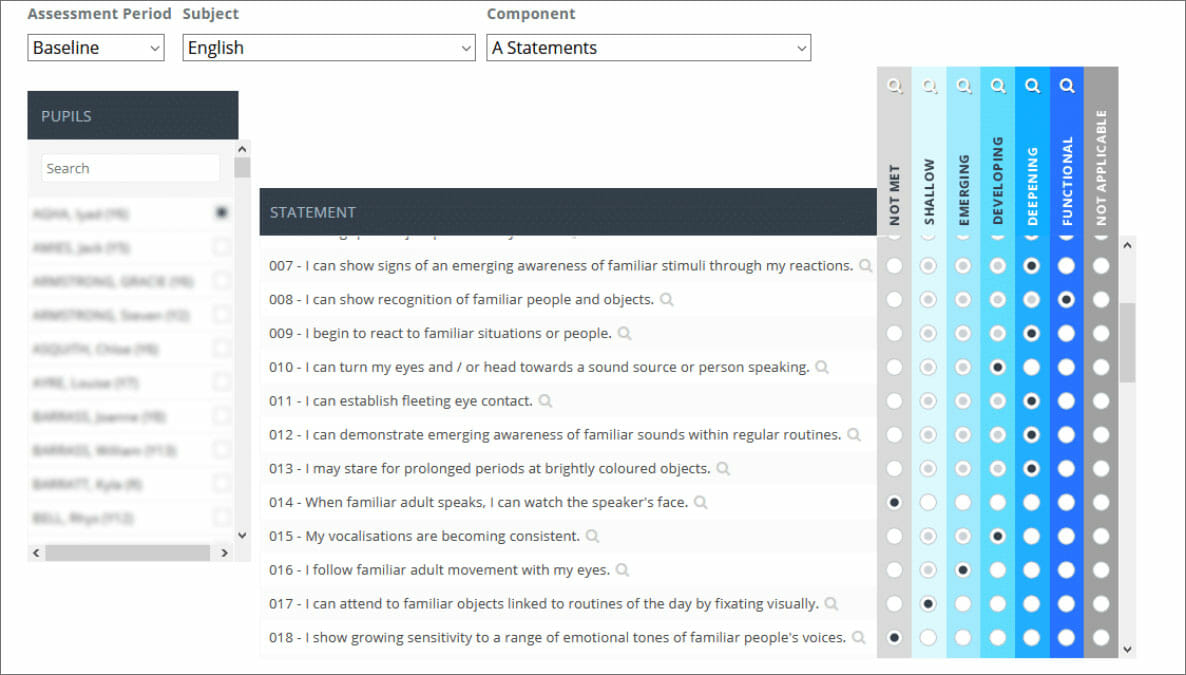
Small steps of “I can” statements allows you to capture new, retained and deepened learning.
A range of data analysis is available, including graphical views.
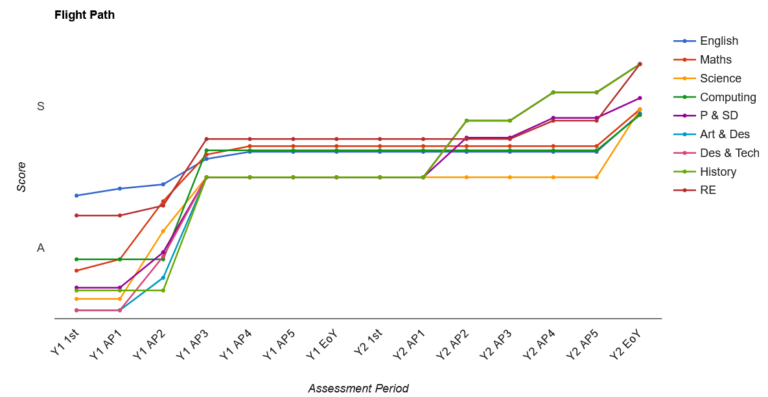
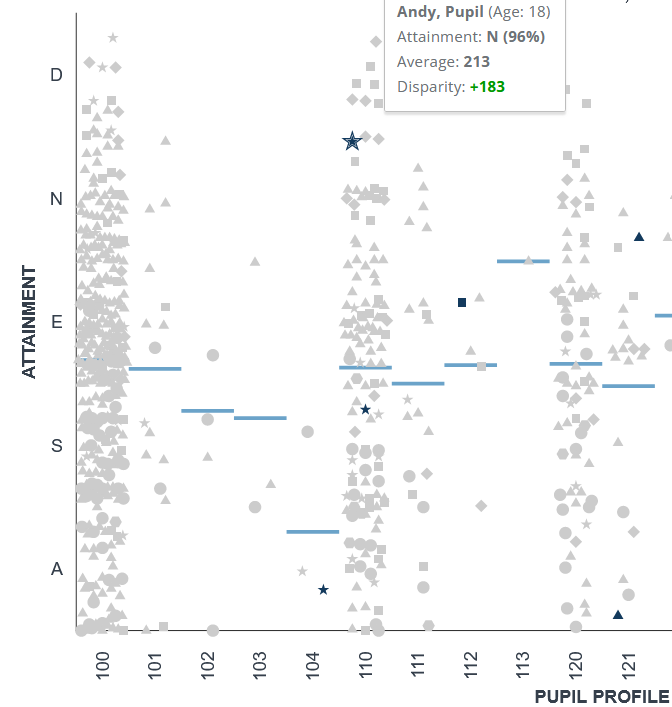
Benchmark your pupils’ attainment against other iASEND users with similar difficulties.
Key Features of iASEND (Click to open)
All you need is an internet connection to access iASEND from any device with a web browser.
iASEND uses the same type of encryption as online banks, so your important data is safe with us!
iASEND creates periodic backups of your data automatically and before changes are made to your settings.
You never have to worry about losing crucial pupil data with our built-in back up and restore functionality.
Choose which staff have access to iASEND.
View data that is relevant to you and your school.
Create custom attributes and discover if your children with an EHCP are progressing or how the interventions are benefitting your pupils and more.
Track pupils working from the engagement model, Primary national curriculum through to KS3.
Set profiles that are individualised to the pupil.
Benchmark student’s attainment with anonymised pupils from other schools.
View as a school, how you are meeting the needs for pupils with different barriers.
Deepening learning and new learning are rewarded equally, therefore true progress is seen.
Progress is measured between two points in time, with guidance for expected progress.
What Schools are saying about iASEND
“We like iASEND because it enables us to celebrate all of our children’s achievements and successes however small.”
Shirehampton Primary School
